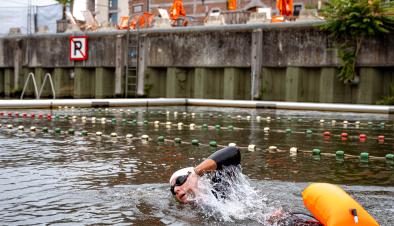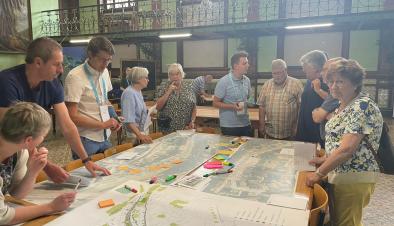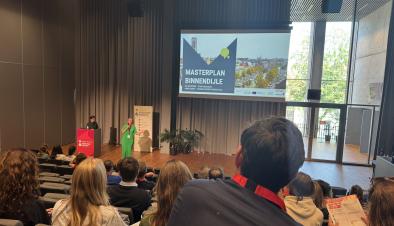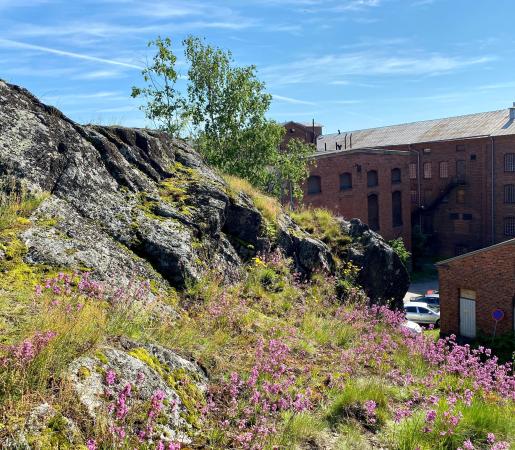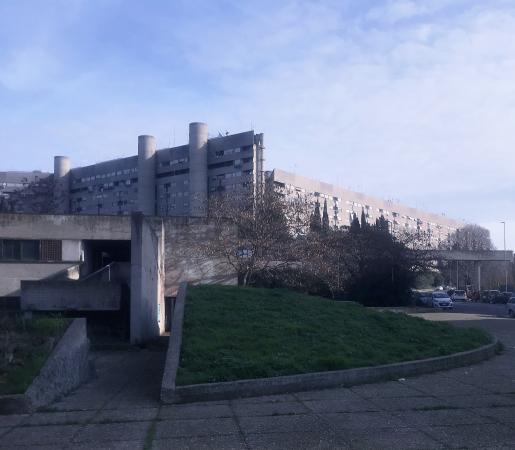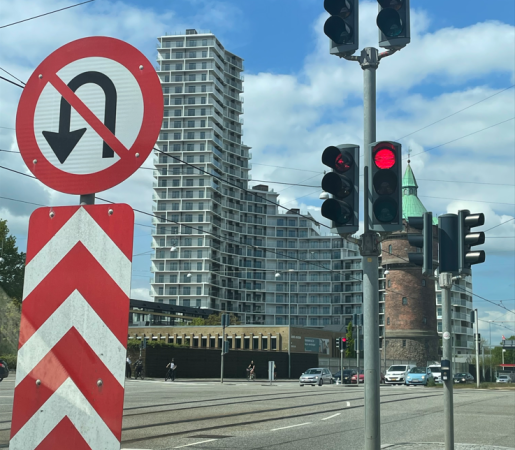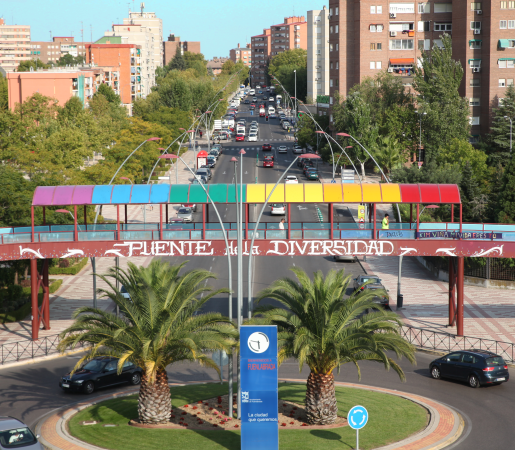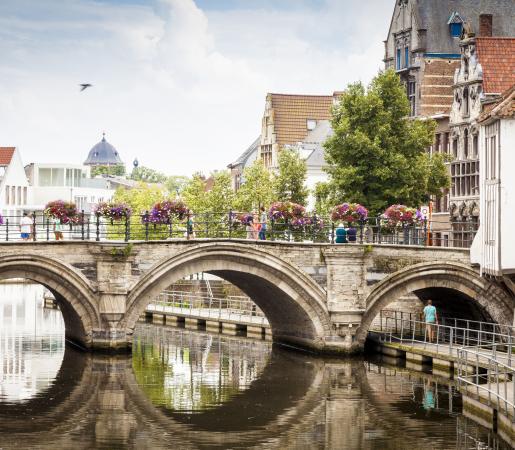
Mechelen
WATSUPS - Water As The Source of Urban Public Space
Calls for more public space are intensifying in the City of Mechelen, where areas of water that could provide abundant space and beauty are often dominated by tourism, trade, and private housing developments, often excluding citizens and damaging biodiversity.
WATSUPS’ answer is a new, blue-green corridor along the river Dyle, designed using an innovative co-creation process that incorporates not only inputs from citizens, but also the perspectives of other living organisms. With solutions ranging from riverside art to biological shore-engineering and outdoor urban swimming, the project connects people to the water, to each other, and to nature.
Our main challenges...
Counteracting gentrification and strengthening social cohesion.
Many stakeholders are interested in claiming water to boost the profits of their own projects. WATSUPS, however, aims to develop water as a common public space, open to all.Raising awareness of nature’s importance in the city.
Urban biodiversity is under severe pressure, yet it is indispensable for our food and quality of life. WATSUPS promotes urban nature restoration by helping people understand its function and value.Increasing water quality using nature-based solutions.
Mechelen’s water is highly polluted. Good water quality is indispensable to enhance aquatic life and enable swimming in open water.
and proposed solutions
By listening to experts and working with AR-VR technology, WATSUPS gives a voice to nature and can visualise the importance and impact of potential redevelopment measures.
To improve water quality and safety for natural organisms, nature-based solutions include technology on river locks to prevent blue-green algae, natural soft riverbanks, and green-blue stepstones for more biodiversity.
When redeveloping the riverbanks and public land, WATSUPS opts for softening, greening with native plants, creating bee hotels and nesting opportunities for birds, dimming streetlights, and creating cooler riverside places in the city centre.
Key figures
Milestones
Advice provided by the citizens' panel is ready to be integrated into all areas of the project
The inventory of existing plants and animals is a basis for biodiversity restoration and monitoring
VR/AR technology enables visualisation of current and future fauna and flora during the co-creation process
The art installation raises awareness of life in and around water.
New zones for open water swimming and other blue recreation are ready for public use
The riverside public spaces have been co-designed to benefit people and promote biodiversity.

